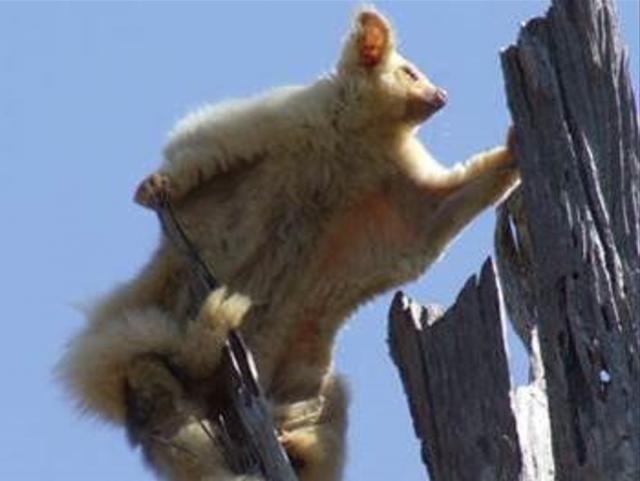Look up and see if you can spot a greater glider in the Burnett.
The Burnett Catchment Care Association has a ‘Saving the endangered Greater Glider’ project aimed at assisting the recovery of the species in the Burnett region.
The endangered hollow-dependent arboreal is the world’s largest gliding marsupial at around one metre in total body length.
The Greater Gliders, otherwise known as ‘Petauroides volans’, feeds on eucalyptus with a diet similar to a koala and were listed as endangered in July 2022.
However according to the Burnett Catchment Care Association, the Greater Gliders’ greatest limiting factor to survival is enough hollow and den space.
Somewhat similar to Queensland’s housing shortage, these mostly solitary animals experience a similar situation.
Instead of just one den site, they require up to 20 in a 1-9 hectare home range.
This is presumably to evade their greatest predator, the powerful owl, who will stake out hollows waiting for the up to 1.7kg gliding dinner to return. Imagine having a huge flying carnivore waiting for you at your front door every night you came home?
BCCA’s Greater Glider project is the first grassroots community education and habitat protection/ restoration and enhancement project aimed at assisting the recovery of the species in the Burnett region, with a particular focus on the Upper Burnett catchment area.
Now classifed as three distinct subspecies, the BCCA project focusses on the southern Petauroides volans Volans.
Greater Glider populations have sadly decreased by 80 per cent over the last 20 years, with the quality of remaining private forestry habitats now more important than ever.
This species has some of the best opportunities to live sustainably within grazing production and private forestry systems, if managed with this in mind, allowing the Burnett region the unique ability to contribute to the survival of this elusive species.
Through a series of workshops, the installation of living hollows and nesting boxes, habitation monitoring and the development and distributions of educational-resources this project will assist land managers to contribute to the long-term recovery of Greater Gliders within the Burnett catchment.
BCCA’s Greater Glider guide can be downloaded from: betterburnett.com/saving-the-greater-glider/
The project is funded through the WIRES National Wildlife Grant Program and is supported by Evolution Mining.






